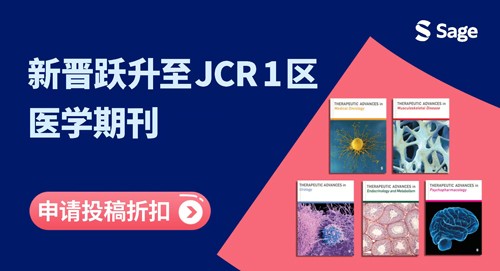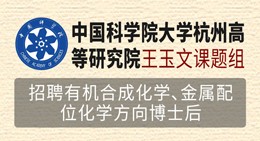当前位置:
X-MOL 学术
›
J. Learn. Disab.
›
论文详情
Our official English website, www.x-mol.net, welcomes your
feedback! (Note: you will need to create a separate account there.)
Predicting Adolescent Arithmetic and Reading Dysfluency
Journal of Learning Disabilities ( IF 2.9 ) Pub Date : 2024-09-24 , DOI: 10.1177/00222194241275644 Tuire Koponen 1 , Kenneth Eklund 1 , Kaisa Aunola 1 , Anna-Maija Poikkeus 1 , Marja-Kristiina Lerkkanen 1 , Minna Torppa 1
Journal of Learning Disabilities ( IF 2.9 ) Pub Date : 2024-09-24 , DOI: 10.1177/00222194241275644 Tuire Koponen 1 , Kenneth Eklund 1 , Kaisa Aunola 1 , Anna-Maija Poikkeus 1 , Marja-Kristiina Lerkkanen 1 , Minna Torppa 1
Affiliation
The long-term negative consequences of learning difficulties have been acknowledged. Nonetheless, research is still scarce regarding the prediction of adolescent difficulties in reading and arithmetic skills. The present study examines at which age phase and with what kind of constellation of parent- and child-related factors can adolescent difficulties in arithmetic and/or reading fluency be successfully predicted. A sample of Finnish children ( N = 941) was followed from the onset of kindergarten (at age 6) through adolescence (ages 13–16). Children’s cognitive skills were assessed in kindergarten, and arithmetic and reading fluency were examined in Grades 2, 4, 6, 7, and 9. Parents’ self-report data were collected on their own learning difficulties and educational level. Scoring below the 16th percentile in both Grades 7 and 9 was set as the criterion for dysfluency either in reading ( N = 87, 9.2%) or arithmetic ( N = 84, 8.9%). Adolescent dysfluency in both domains was moderately predicted by parental measures and kindergarten cognitive skills. Although adding school-age fluency measures clearly increased both the predictability and specificity of models up to Grade 4 for both skills, knowledge of letters’ names, counting, and visuospatial skills remained unique predictors of dysfluency in adolescence.
中文翻译:

预测青少年算术和阅读不流畅
学习困难的长期负面后果已经得到承认。尽管如此,关于预测青少年阅读和算术技能困难的研究仍然很少。本研究考察了在哪个年龄阶段以及什么样的父母和儿童相关因素可以成功预测青少年在算术和/或阅读流利度方面的困难。芬兰儿童样本 (N = 941) 从幼儿园开始 (6 岁) 到青春期 (13-16 岁) 进行跟踪。在幼儿园评估了儿童的认知技能,在 2、4、6、7 和 9 年级检查了算术和阅读流利度。收集了家长关于他们自己的学习困难和教育水平的自我报告数据。7 年级和 9 年级的得分低于第 16 个百分位数被设定为阅读 (N = 87, 9.2%) 或算术 (N = 84, 8.9%) 的流利度标准。青少年在这两个领域的流利程度都通过父母测量和幼儿园认知技能得到适度预测。尽管添加学龄流利度测量明显提高了模型在这两种技能方面的可预测性和特异性,直到 4 年级,但字母名称、计数和视觉空间技能的知识仍然是青春期流利度失利的独特预测因子。
更新日期:2024-09-24
中文翻译:

预测青少年算术和阅读不流畅
学习困难的长期负面后果已经得到承认。尽管如此,关于预测青少年阅读和算术技能困难的研究仍然很少。本研究考察了在哪个年龄阶段以及什么样的父母和儿童相关因素可以成功预测青少年在算术和/或阅读流利度方面的困难。芬兰儿童样本 (N = 941) 从幼儿园开始 (6 岁) 到青春期 (13-16 岁) 进行跟踪。在幼儿园评估了儿童的认知技能,在 2、4、6、7 和 9 年级检查了算术和阅读流利度。收集了家长关于他们自己的学习困难和教育水平的自我报告数据。7 年级和 9 年级的得分低于第 16 个百分位数被设定为阅读 (N = 87, 9.2%) 或算术 (N = 84, 8.9%) 的流利度标准。青少年在这两个领域的流利程度都通过父母测量和幼儿园认知技能得到适度预测。尽管添加学龄流利度测量明显提高了模型在这两种技能方面的可预测性和特异性,直到 4 年级,但字母名称、计数和视觉空间技能的知识仍然是青春期流利度失利的独特预测因子。






























































 京公网安备 11010802027423号
京公网安备 11010802027423号